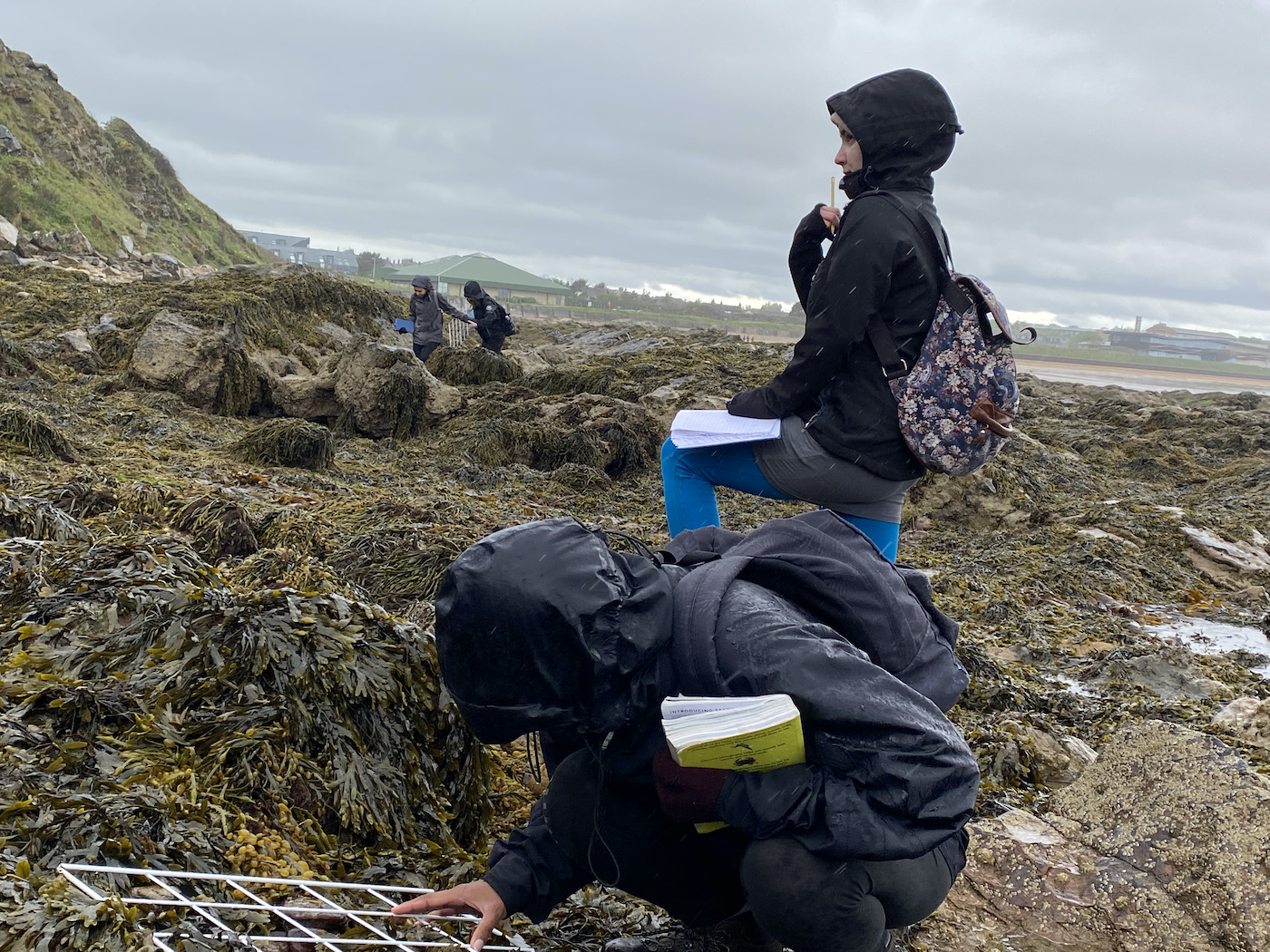Just Like Home: Scotland Obsessed with its Coast

Dear Montecito,
People will tell you that Scotland is divided into the highlands and the lowlands. Her capital city, Edinburgh, as well as the town I live in, are part of the lowlands, but when we think of Scotland, we’re apt to think of the highlands. We might conjure a swoosh of plaid or a glint of forgery steel. Perhaps we reanimate abandoned castles in our minds, imaging the lairds and bagpipe music that used to fill them. But while Scotland is known by her highlands and lowlands, I think a much more sensible organization divvies the land into coast and cow country.
If coast is everything on the outside, cow country is everything on the inside, and how I should love to tell you about cow country! (Or “coo” country as it would be known to the locals.) To a Californian who grew up in a drought, the sweeping greenery of cow country is a true spiritual tonic. Of course, the best part are the cows themselves. Highland cattle are a warmongering shade of ginger, more orange even than local redheaded people who themselves are likely descended from Celtic warriors.
Relative to her interior, Scotland has a great deal of coast, boasting a perimeter more than 6,000 miles long — which is a distance just greater than that from Pierre Lafond’s to my college town. And it is Scotland’s coast that I will tell you about today.
You wouldn’t know by looking at me that I grew up next to a flurry of beautiful beaches, a genre of their own. I don’t surf. I can’t tan. And I would not consider myself a beach-dweller. You might think this would ingratiate me somewhat in the UK where being sunburnt is a national pastime, but what you must know is that the British have a near pathological obsession with the seaside. Perhaps, this fact alone is the origin of today’s story.
Our spring semester ended in May of this year, releasing everyone for their summer holiday save a few unlucky biology students. I was one of those students. Third-year biology majors were conscripted into a “Field Course,” a class that focused on data collection. For us, that meant a 6 am wake-up call to go join our professors down on the beach before the low tide had a chance to creep back up the dawn landscape. Today’s subject: kelp diversity.
With much slipping and sliding, our student cohort descended on the lower tidal zones, doing our best to follow today’s instruction: No. 1, stay dry. No. 2, identify as many species of kelp as possible.
Our professors came over more than once to comment on my shivering and ask if I was alright. Evidently, I’d failed to follow our top objective, having immediately sunken into a tide pool. Despite this — or rather because of great patience on the part of my lab partner — we completed our area survey and had run back to hot showers just before noon. Indeed, it was a very wet day.
It was more challenging to wake up for the second day of the field course, knowing exactly what was in store for us. But we conjured the type of strength that can only come from knowing graduation is within reach and got on with our task. To our surprise, day two, day three, and so on were all much kinder days, both in terms of weather and in terms of tide pool stability. Even so, I’m sure I wasn’t the only person dreaming of a nice, dry picnic in cow country instead of communing with the limpets and periwinkles. But while my body may have complained, intellectually I know that Scotland’s beaches are a fiercely handsome place to be at sunrise. I am sure I’ll find myself there again.
Yours,
Stella
Did you grow up in Montecito? I’d love to hear from you at stellajanepierce@gmail.com.







